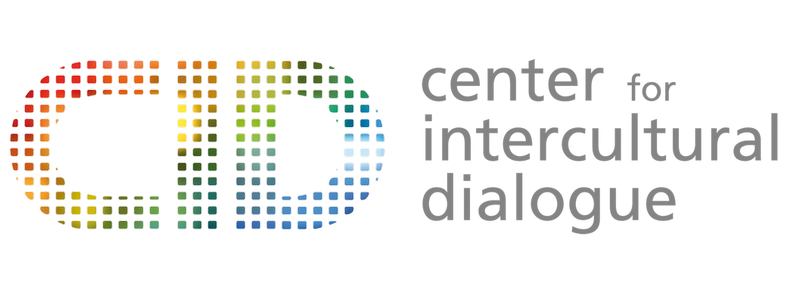Supported by: Council of Europe
Target group: young people coming from areas where a lot of minorities live
Period: January – July 2015
Aim: The project aims to encourage active youth participation from minority youth in Macedonia within existing local youth policy processes. It is built to address the identified mismatch between the youth from minority ethnic groups and their actual representation in the youth organizations, local youth councils and in public life in general. CID aims to engage minority women and men within the project – as youth workers and implementers of the activities, to serve as a role model for young women to break the barrier of participation.
Key activities:
– Provision of local youth work support (delivery of minimum 5 workshops with local youth from minority background to ensure proper support for them to be engaged in local youth organizations and local youth councils)
– Creation of materials into Albanian and Turkish for wider distribution in the ethnically mixed areas in order to ensure there is information in minority languages as well
– Introducing the concept of social rights among linguistic minorities in order to have this young people involved in the community advocating for their rights
Objectives:
- To provide linguistic and youth work support for non-Macedonian speakers to join the public discussions and in general the processes in the youth organizations. This objective strives to provide materials in minority languages and peer support to overcome linguistic barriers and test the hypothesis that “Youth from linguistic minorities will participate more in society provided that there is a proper linguistic support for them”
- To build motivated and participatory attitudes among minority youth, so that they would engage in dialogue with majority youth. Within this objective we would like to encourage both youth who are active and participating, as well as youth from minority groups to engage in dialogue and working together. For the first group, the focus is to build sensitivity about including minority youth in the processes of participation. For the second group it is connected to building attitudes for participating in society
- To create places for democratic participation of youth – such as the space provided in the local youth organizations or youth councils for minority youth to be consulted and engaged. Space in some cases can be made through supporting the creation of local minority youth organizations and their capacity building, while in other cases can happen through building sensitivity of existing organizations.
The training methodology is based on the principles of non-formal education. The project has one training on youth policy which is designed to advance young people’s competences to understand youth policy in their communities and to be able to follow it. The project will be lead by experienced team of youth workers, members of CID and experts in the field of inclusion and accessibility work.
Click to download the project final publications: Practical Toolkit and the Guidelines, Ideas, Information, which are published on the website.

